SUMMARY
This is AI generated summarization, which may have errors. For context, always refer to the full article.
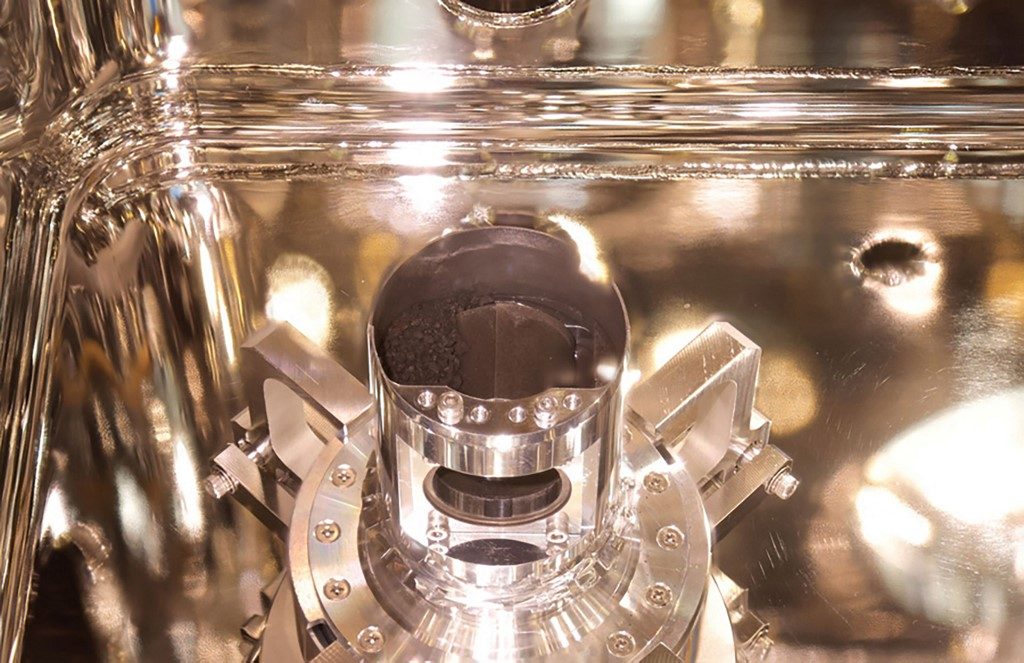
Scientists in Japan said on Tuesday, December 15, they were left “speechless” when they saw how much asteroid dust was inside a capsule delivered by the Hayabusa-2 space probe in an unprecedented mission.
The Japanese probe collected surface dust and pristine material last year from the asteroid Ryugu, around 300 million kilometers (200 million miles) away, during two daring phases of its 6-year mission.
This month it dropped off a capsule containing the samples, which created a fireball as it entered the Earth’s atmosphere, and landed in the Australian desert before being transported to Japan.
Scientists at the Japanese space agency JAXA on Tuesday removed the screws to the capsule’s inner container, having already found a small amount of asteroid dust in the outer shell.
“When we actually opened it, I was speechless. It was more than we expected and there was so much that I was truly impressed,” said JAXA scientist Hirotaka Sawada.
“It wasn’t fine particles like powder, but there were plenty of samples that measured several millimeters across.”
Scientists hope the material will shed light on the formation of the universe and perhaps offer clues about how life began on Earth.
The scientists have not yet revealed if the material inside is equal to, or perhaps even more, than the 0.1 grams they had said they hoped to discover.
Seiichiro Watanabe, a Hayabusa project scientist and professor at Nagoya University, said he was nonetheless thrilled.
“There are a lot (of samples) and it seems they contain plenty of organic matter,” he said.
“So I hope we can find out many things about how organic substances have developed on the parent body of Ryugu.”
Half of Hayabusa-2’s samples will be shared between JAXA, US space agency NASA and other international organizations.
The rest will be kept for future study as advances are made in analytic technology.
But work is not over for the probe, which will now begin an extended mission targeting two new asteroids. – Rappler.com
Add a comment
How does this make you feel?
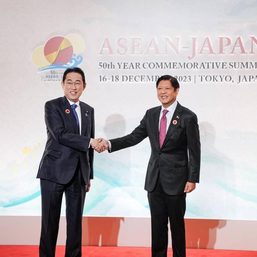
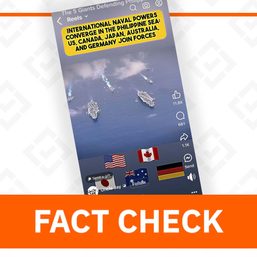
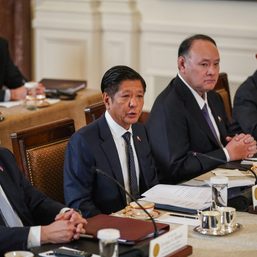
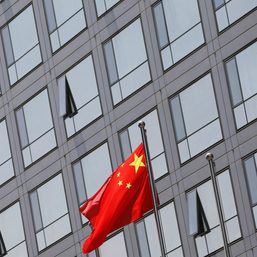

There are no comments yet. Add your comment to start the conversation.